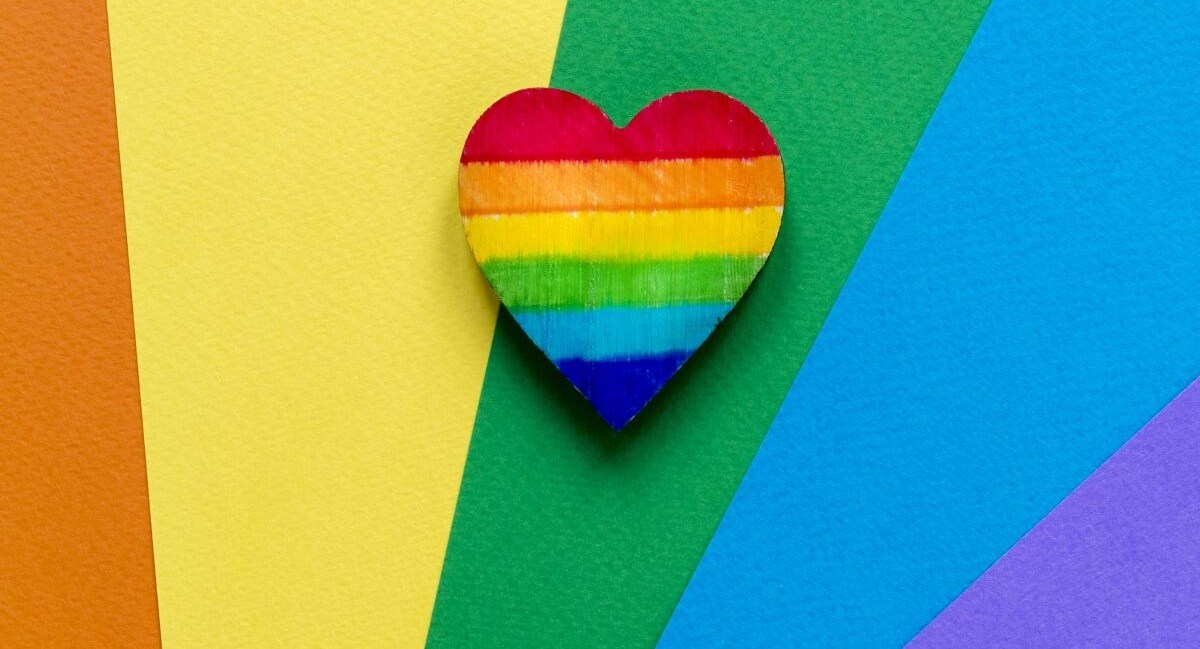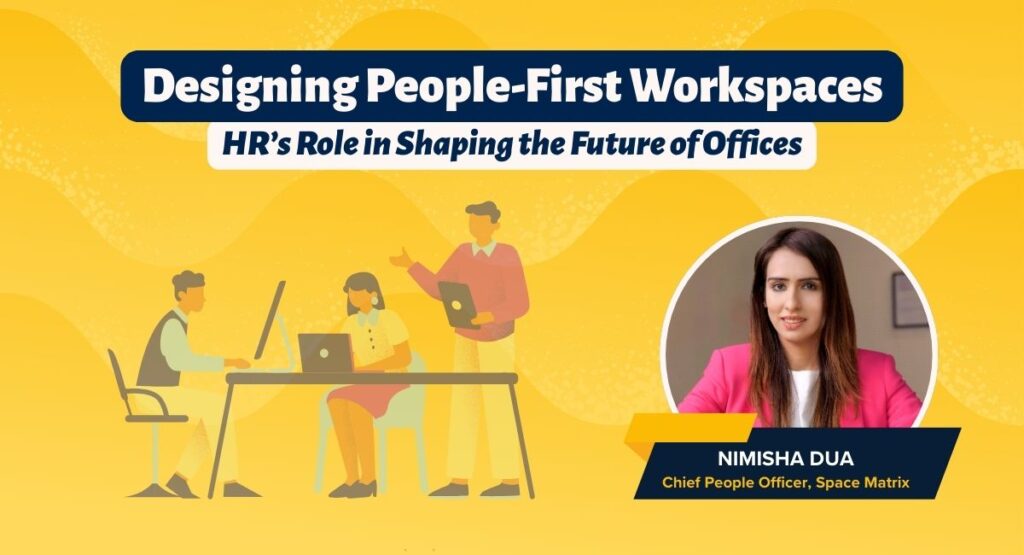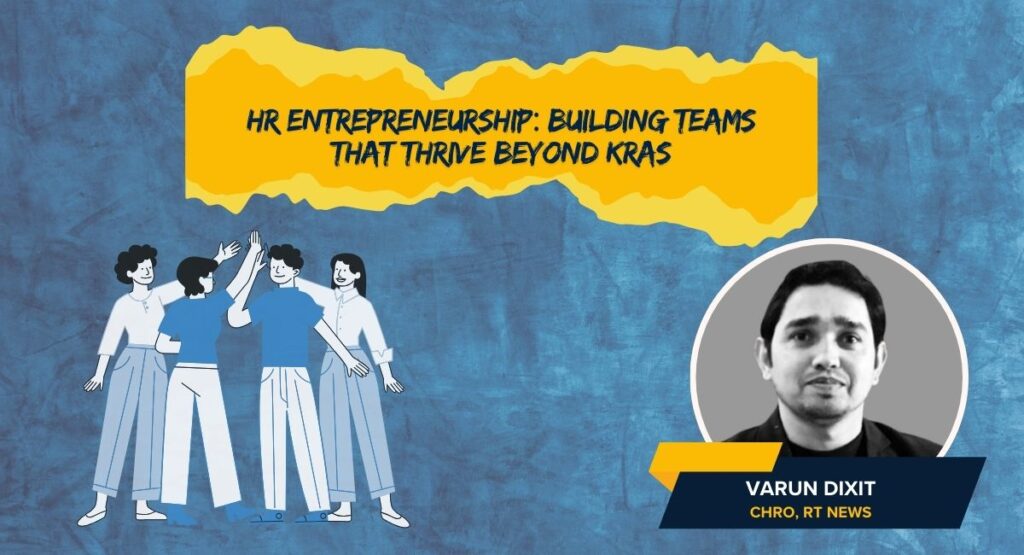The modern workplace has undergone significant transformations in recent years to embrace the idea of inclusion. Workplace inclusion means cultivating an environment where every employee, regardless of their background, gender identity, or sexual orientation, feels valued, respected, and truly seen. It’s about more than just policies; it’s about creating a sense of belonging.
However, despite positive strides in workplace inclusion, genuine LGBTQ+ inclusion still has a long way to go. Each year during Pride Month, many organisations engage in visible celebrations: rainbow logos, social media campaigns, and themed events. While such gestures may help raise awareness, they also prompt a critical question: do they truly lead to lasting change?
As we celebrate Pride Month 2025, it’s time to go beyond just surface level support. Let’s take a closer look at where we currently stand on LGBTQ+ inclusion in the workplace and more importantly, explore what leaders can do to show genuine commitment and drive lasting change.
Beyond Policy: Real LGBTQ+ Inclusion at Work
Before we dive into what true LGBTQ+ inclusion means at work, it’s important to first understand the basics. At its core, LGBTQ+ stands for lesbian, gay, bisexual, transgender, and queer or questioning. The “plus” represents a wide range of other sexual and gender identities, including pansexual, asexual, omnisexual, and many more. As our understanding of gender and sexuality has evolved over time, the LGBTQ+ acronym has expanded to reflect that diversity.
LGBTQ+ inclusion in the workplace begins with creating a culture of safety, trust, and belonging for employees of all sexual orientations and gender identities. It’s about making sure everyone feels empowered to thrive, contribute, and be valued for who they are. While many organisations have formal LGBTQ+ inclusion policies, the day-to-day experiences of employees often tell a different story. According to a 2018 study by Stonewall, around 40% of LGBT+ employees felt their organisation’s policies were inadequate. A significant number also reported feeling unsure about whether they could safely report homophobic or biphobic bullying at work.
Shilpa Singh, a certified life coach, trainer, and HR professional, shared insights on some of the key gaps between policy and practice that organisations must address to make inclusion more than just a box-ticking exercise.
“The issue isn’t about adopting the policy on paper because there is a global mandate or an investor requirement. It is actually about changing mindset. That happens through addressing biases, through actually open conversations and by truly believing that LGBTQIA+ rights are basically human rights,” she shared.
When it comes to HR, inclusion must be led from the top. HR must play a critical role in educating senior leadership and implementing inclusive practices throughout the organisation. This includes:
- Bias-free hiring
- Gender-neutral leave and insurance policies
- Strong protections against harassment
- Creating space for open and honest conversations
“Measuring this will happen through seeing how talent acquisition numbers change, how retention happens, and seeing more LGBTQIA+ employees in leadership roles in the long run,” Shilpa added.
Other widely recommended LGBTQ+ inclusion practices include:
- Creating a workplace culture where employees feel comfortable sharing their pronouns.
- Providing dedicated support for employees who are transitioning.
- Ensuring access to gender-neutral facilities, such as restrooms and changing areas.
- Maintaining strict confidentiality regarding an individual’s trans status and promptly updating personal records when someone changes their gender.
- Implementing training programs that foster allyship, where allies are individuals who stand up for and support those who identify as LGBTQIA+.
- Launching inclusive hiring initiatives aimed at increasing LGBTQ+ representation across all levels of the organisation.
Companies Setting the Standard for LGBTQ+ Inclusion
While many organisations are still on the journey toward meaningful LGBTQ+ inclusion and broader workplace diversity, several companies are already leading the way with strong, intentional practices. Among the frontrunners are The Lalit Suri Hospitality Group, Godrej Capital, Axis Bank, NatWest, and Capgemini.
These organisations are moving beyond surface-level gestures to implement inclusion into their workplace culture, policies, and leadership training programmes. One leading example is The Lalit Suri Hospitality Group, which has set a high benchmark in the Indian hospitality industry by embracing the LGBTQIA+ community, not just as guests, but as valued team members, collaborators, and leaders.
The Lalit employs over 200 openly queer team members (as of 2024), creating a truly inclusive work environment that champions equal opportunities and career progression, regardless of sexual orientation or gender identity. The company is also known for hosting events and workshops that celebrate queer culture and provide safe, supportive spaces for the community.
Akshay Tyagi, Head of Diversity, Equity & Inclusion at The Lalit Suri Hospitality Group, shared with us the policies that have helped shape this inclusive environment and how they’ve evolved to better meet employee needs.
“Over time, our policies have evolved from symbolic gestures to systemic change. We offer rights for individuals to choose their preferred name and pronouns for all communication purposes, gender-neutral washrooms, inclusive health insurance that covers same-sex partners and gender affirmation procedures, and an anti-discrimination clause that explicitly protects individuals based on sexual orientation and gender identity. But policies are just paper until they’re lived experiences. So, we’ve embedded ongoing sensitization training across all levels, created dedicated resource groups like PureLove RG to empower queer voices, and ensure representation in decision-making. Our hiring processes are constantly re-evaluated to address bias and build access, especially for trans and non- binary individuals,” explained Akshay.
Another prominent organisation championing LGBTQ+ inclusion is Godrej Capital, the financial services arm of the Godrej Industries Group. In 2024, the company launched a month-long initiative called Pride Capital to initiate dialogue around LGBTQIA+ inclusion in the workplace and actively welcoming talent from the community.
As part of the initiative, Godrej Capital hosted an inclusive career fair, screening over 240 profiles from LGBTQIA+ candidates. The event also included interview sessions and provided participants with insights into various roles and the inclusive work culture at the organisation.
Maira Q, Lead – Diversity, Equity and Inclusion at Godrej Capital, shared that the company has also introduced medical coverage for same-sex partners, support for gender affirmation procedures, and inclusive hiring initiatives such as Pride Pathway. “What’s evolved is our focus from just benefits to building awareness, manager capability, and allyship across the board,” she added. At Godrej Capital, Maira focuses on creating an inclusive environment where everyone feels valued and respected, with a special emphasis on supporting cisgender women, transgender individuals, and people with disabilities.
Final Thoughts
True LGBTQ+ inclusion isn’t just about visible support during Pride Month, it’s about putting real policies and practices in place that help every employee feel safe, respected, and included. And to make real progress, organisations must track what matters. If you don’t measure it, you can’t improve it. That means collecting honest feedback through anonymous surveys, monitoring inclusion-related metrics, and most importantly, taking action on what employees share. It’s about building a workplace where LGBTQ+ individuals can speak up without fear, knowing their concerns will be taken seriously. And where casual jokes aren’t used to excuse behaviour that harms others. Inclusion becomes real when it’s part of the culture, not a one-time initiative, but an everyday practice.





